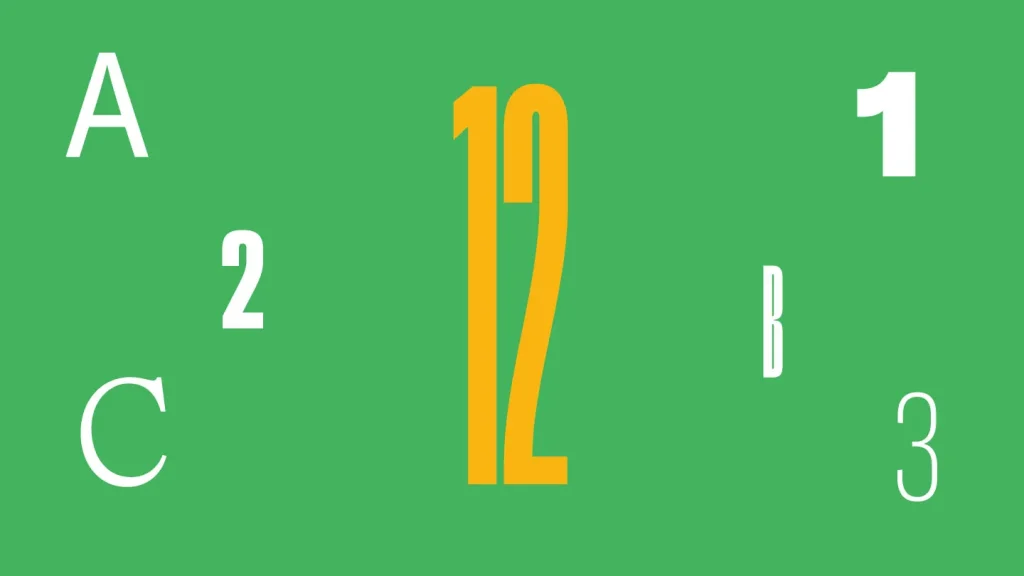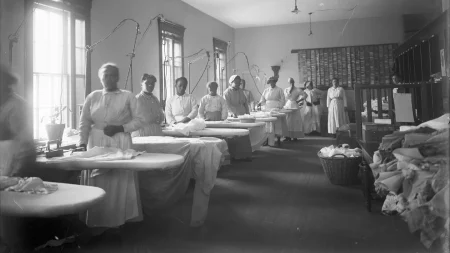The Mathematics of Gift Exchange Loops: A Probability Puzzle
In the spirit of the holiday season, imagine a classroom gift exchange where students participate in a simple yet mathematically intriguing ritual. Each student writes their name on a slip of paper, places it in a hat, and then takes turns drawing a name at random. If anyone draws their own name, the process restarts. Once everyone has drawn a name, each student purchases a gift for the person whose name they selected. This seemingly straightforward exchange creates fascinating mathematical patterns that emerge during the gift-giving party.
At the party, an observant participant might notice “gift-giving loops” forming among classmates. For example, Student A might give a gift to Student B, who gives to Student C, who gives to Student D, who completes the loop by giving back to Student A. This creates a closed loop of length four. Various configurations can create these loops of different sizes, and the mathematical question becomes: what is the probability that a single loop forms that includes every student in the class? This question becomes increasingly complex as the number of students grows.
For a class of three students, calculating the probability of forming a single loop including everyone requires examining the possible permutations. With three students (let’s call them A, B, and C), there are six possible ways to distribute the names: A→B→C→A, A→C→B→A, B→A→C→B, B→C→A→B, C→A→B→C, and C→B→A→C. Among these, only two arrangements create a single loop encompassing all students: A→B→C→A and A→C→B→A. Since we’ve established that students cannot draw their own names, there are only 2 valid arrangements out of 6 possible permutations. Therefore, the probability of forming a single loop with three students is 2/6 or 1/3. This means that in a three-student exchange, there’s a 33.3% chance that a single gift-giving loop will form that includes everyone.
When the class size increases to four students, the problem becomes more intricate. With four students (A, B, C, and D), there are 24 possible permutations (4! = 24). Among these, we need to count arrangements that form a single loop of length four. These arrangements would be cyclic permutations, and there are (4-1)! = 6 such arrangements. Therefore, the probability of forming a single loop with four students is 6/24 = 1/4 or 25%. This reveals an interesting pattern: as the number of students increases, the probability of forming a single all-encompassing loop appears to decrease in a predictable way.
For five students, following the emerging pattern, we would expect the probability to be 1/5 or 20%. Indeed, with five students, there are 5! = 120 possible permutations, and (5-1)! = 24 of these form a single loop of length five. Therefore, the probability is 24/120 = 1/5. This confirms our suspicion of a clear pattern developing. Extending this to the general case, for N students, the total number of possible arrangements (excluding self-selection) is N!, and the number of arrangements that form a single loop is (N-1)!. Thus, the probability of forming a single loop that includes all N students is (N-1)!/N! = 1/N. As N becomes larger, the probability approaches zero, meaning that in a very large class, the chance of everyone being connected in a single gift-giving loop becomes increasingly unlikely.
This gift exchange puzzle beautifully illustrates how mathematical principles operate within everyday activities. What begins as a simple holiday tradition reveals elegant probability patterns that mathematicians can predict with precision. The 1/N formula elegantly captures how the likelihood of complete connectivity decreases as group size increases – a principle that extends beyond classroom gift exchanges to various network and system theories. Perhaps next time you participate in a similar exchange, you might consider the mathematical dance occurring beneath the surface of your holiday tradition, adding an extra dimension of appreciation to the experience of giving and receiving.














